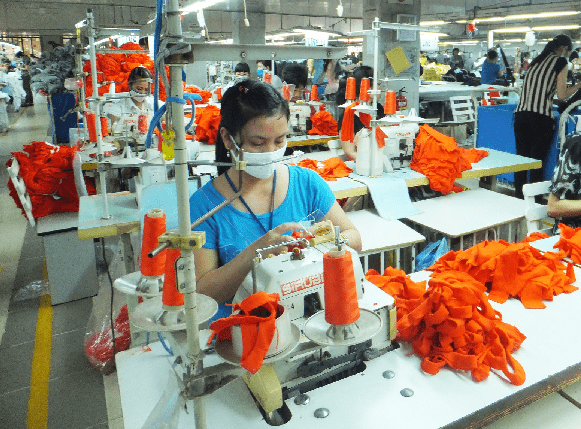The International Labor Organization (ILO) recommended policies that promote productive diversification.
In addition, in its World Employment and Social Outlook (WESO), the ILO suggests strengthening domestic and regional demand.
These strategies could increase employment resilience and reduce exposure to global trade shocks.
Productive diversification
Some 84 million workers in 71 countries depend on consumption in the United States. This was indicated by the ILO, which warns of the labor risks arising from tariff uncertainty. Most of these jobs are in Asia and the Pacific, and form part of global supply chains.
The global economy faces a 2025 marked by lower growth, more trade volatility and rising geopolitical tensions. This outlook raises uncertainty. Although unemployment rates remain stable, labor forecasts are adjusted downward. The ILO reduced its job creation projection from 60 million to 53 million jobs.
The cut reflects increased business caution and a downward revision of global GDP from 3.2% to 2.8%. In addition, trade policy has played a role. In April 2025, the United States imposed new tariffs. The move disrupted global flows and led to an uneven reorganization of supply chains.
Economy and tariffs
In the Americas, GDP growth also adjusted from 2.3% to 1.8%. Despite this, formal employment has shown some resilience. However, informality and fiscal challenges persist in developing countries.
Mexico and Canada top the list of the most exposed countries. 17.1% of their labor force (13.3 million people) is at risk. Asia-Pacific follows with 2.9 percent, and Europe–Central Asia with 2.7 percent.
According to the ILO, the uncertainty could impact more workers, and the transfer of employment to other sectors could imply lower quality working conditions.
The global economy shows signs of cooling in 2025. This slowdown reduces expectations for near-term employment growth.
It also increases uncertainty in international trade. In particular, the tariffs applied by the United States raise the risk for millions of workers. Many of them depend on US final demand.
According to the ILO, 84 million jobs were linked to supply chains connected to the United States in 2023. This scenario threatens global incomes and job stability.

